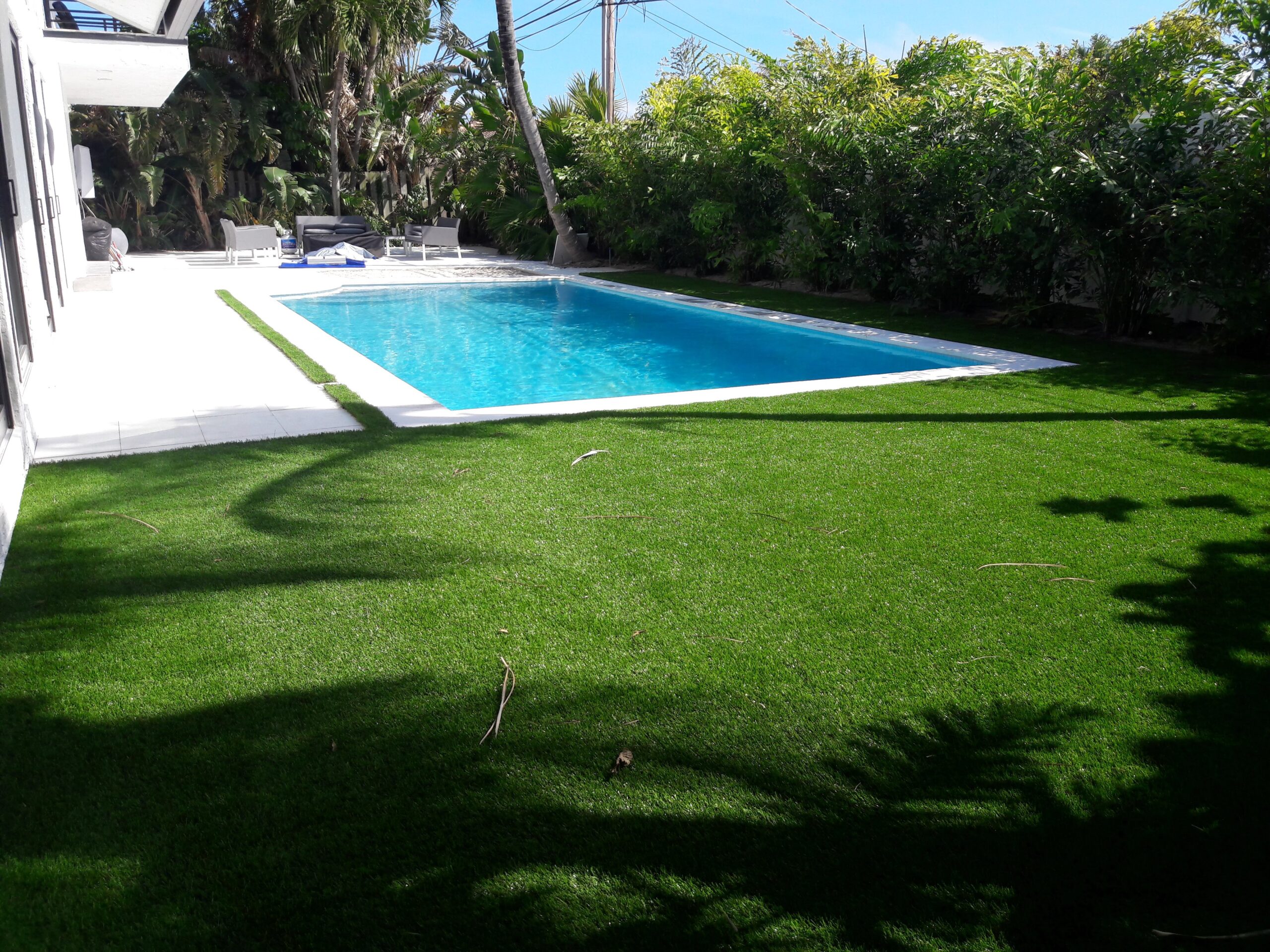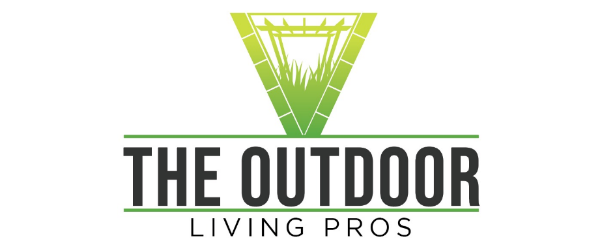
In the pursuit of a picturesque yard, homeowners often find themselves grappling with the challenges of maintenance, water consumption, and environmental impact. However, amidst these concerns lies a transformative solution – artificial grass. Contrary to misconceptions, artificial turf offers a myriad of benefits that not only enhance the aesthetic appeal of your yard but also contribute to environmental sustainability and reduce the burden of maintenance. In this essay, we delve into the reasons why artificial grass stands as the epitome of modern landscaping innovation.
- Environmental Sustainability: One of the most compelling arguments in favor of artificial grass is its positive environmental impact. Traditional lawns demand copious amounts of water, often leading to excessive usage and strain on local water resources, especially in arid regions. Conversely, artificial turf requires minimal to no watering, significantly reducing water consumption and alleviating the pressure on dwindling water supplies. Additionally, the absence of pesticides and fertilizers, typically used to maintain natural lawns, eliminates the risk of groundwater contamination, thereby safeguarding environmental health.
- Low Maintenance: Bid farewell to the endless cycle of mowing, fertilizing, and weed-pulling associated with natural grass. Synthetic turf offers a maintenance-free alternative that saves both time and effort. With no need for watering, mowing, or chemical treatments, homeowners can reclaim countless hours previously spent on lawn upkeep. Furthermore, artificial grass remains lush and vibrant year-round, irrespective of weather conditions, ensuring a perpetually pristine landscape with minimal input.
- Enhanced Durability: Unlike its natural counterpart, which is susceptible to wear and tear, artificial grass boasts remarkable durability. Engineered to withstand heavy foot traffic, inclement weather, and UV exposure, synthetic turf maintains its impeccable appearance over time. Its resilient nature makes it an ideal choice for high-traffic areas such as playgrounds, pet areas, and sports fields, offering long-term performance without sacrificing aesthetic appeal.
- Cost-Efficiency: While the initial investment in artificial grass may seem daunting, its long-term cost-effectiveness quickly becomes evident. Consider the cumulative expenses associated with maintaining a natural lawn – from water bills and lawn care equipment to fertilizers and pesticides. By contrast, artificial turf requires minimal ongoing expenses, offering substantial savings over its lifespan. Moreover, its longevity and resistance to degradation ensure that homeowners recoup their investment through years of hassle-free enjoyment.
- Versatility in Design: Artificial grass grants homeowners unparalleled flexibility in landscape design, enabling the realization of creative visions without the limitations imposed by natural terrain. Whether crafting intricate patterns, incorporating synthetic turf into hardscapes, or accentuating architectural features, the versatility of artificial grass transcends conventional landscaping boundaries. Furthermore, advancements in technology have facilitated the development of synthetic turf varieties that mimic the look and feel of natural grass, catering to diverse aesthetic preferences.
In conclusion, the adoption of artificial grass emerges as a transformative solution for homeowners seeking to elevate the aesthetics of their yards while prioritizing environmental stewardship and efficiency. By embracing synthetic turf, individuals not only mitigate the ecological impact of traditional lawn maintenance but also unlock a realm of design possibilities and long-term savings. As we navigate the evolving landscape of landscaping practices, artificial grass stands as a beacon of innovation, paving the way for sustainable and visually captivating outdoor spaces.
(888) 297-6972

Recent Comments